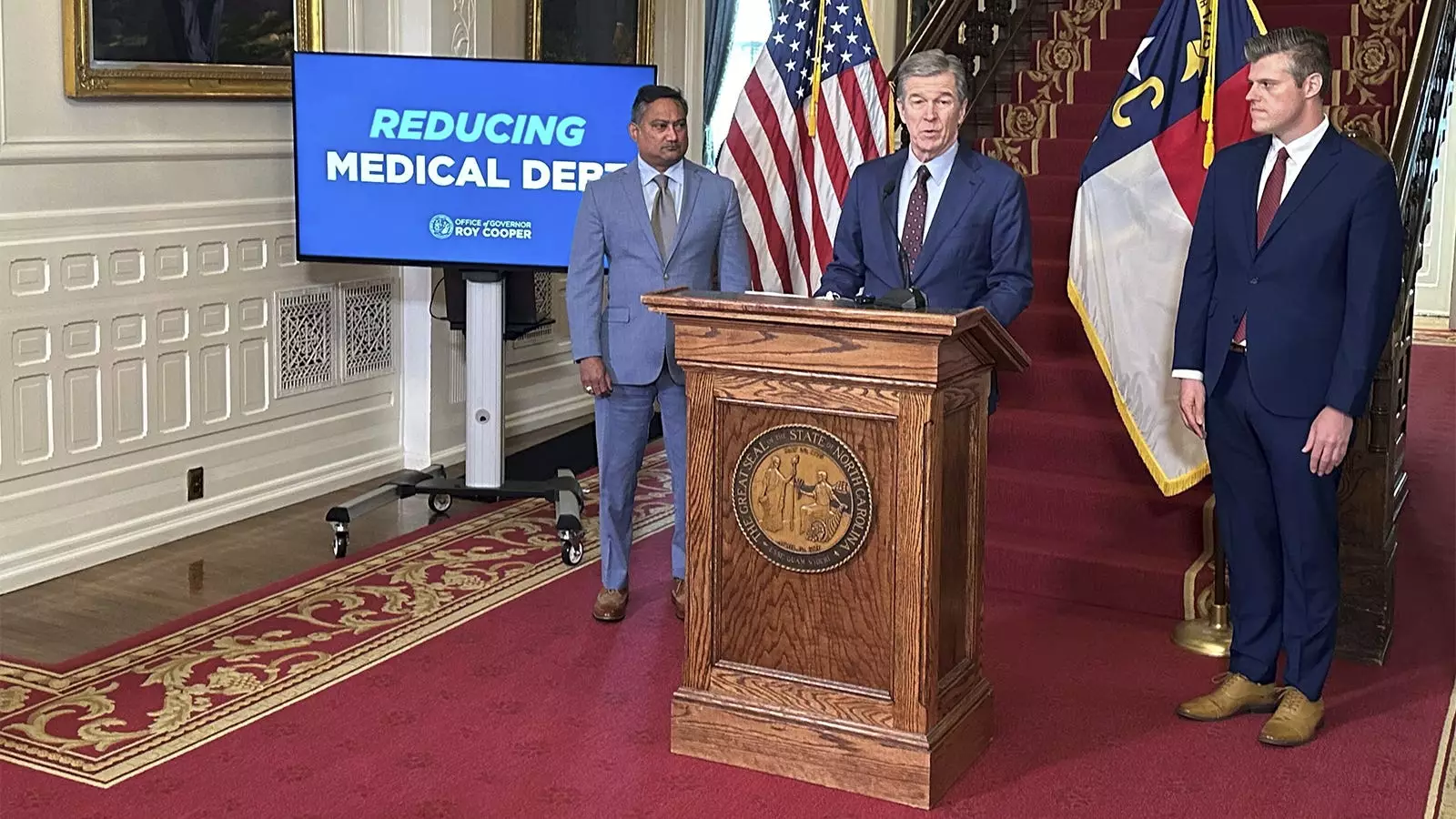In a groundbreaking move, the Centers for Medicare & Medicaid Services (CMS) recently approved a proposal by North Carolina Governor Roy Cooper’s administration to provide financial incentives to hospitals in the state. The proposal aims to encourage hospitals to eliminate medical debt for low- and middle-income patients and implement policies to prevent future liabilities.
This initiative, described as the first of its kind in the country, offers hospitals a new financial incentive to cancel debt held on low- and middle-income patients. In addition, the plan seeks to help residents avoid accumulating medical debt in the future. Vice President Kamala Harris commended the effort, emphasizing its potential impact on improving healthcare accessibility and affordability.
The plan proposed by the North Carolina Department of Health and Human Services (DHHS) focuses on providing enhanced Medicaid reimbursement payments to participating hospitals. Under the Healthcare Access and Stabilization Program, acute-care, rural, and university-connected hospitals can receive increased reimbursements by addressing patients’ medical debt.
The program targets approximately 2 million low- and middle-income individuals in North Carolina, aiming to alleviate $4 billion in medical debt. Hospitals can qualify for higher reimbursement rates by eliminating medical debt dating back to early 2014 for current Medicaid enrollees and individuals with specific income criteria. Moving forward, hospitals must offer discounts on medical bills to qualifying patients and participate in charity care programs.
Despite the potential benefits of the debt relief program, some hospitals have expressed concerns and requested additional time to review the proposal. Governor Cooper acknowledged the initial resistance from hospitals but emphasized the collaboration with stakeholders to refine the implementation process. State officials anticipate that debt relief for program participants will be available in 2025 and 2026.
The success and continuation of the debt relief program may depend on the outcome of the upcoming gubernatorial election in North Carolina. With Governor Cooper’s term ending in January, the future administration will play a crucial role in sustaining and expanding the initiative. Other states have also leveraged federal funds to address residents’ medical debt, reflecting a growing trend in prioritizing healthcare affordability.
Vice President Harris’s support for North Carolina’s debt relief program aligns with broader efforts at the national level to address medical debt challenges. The collaboration between state and federal governments, along with key stakeholders in the healthcare industry, underscores the importance of collective action in advancing healthcare equity and financial sustainability.
Governor Cooper’s innovative approach to debt relief in healthcare sets a precedent for addressing longstanding financial barriers to medical access. By incentivizing hospitals to cancel patient debt and implement proactive measures, North Carolina aims to improve health outcomes and financial security for vulnerable populations. The success of this program hinges on effective collaboration between policymakers, healthcare providers, and community advocates to ensure equitable access to quality care for all residents.

Leave a Reply